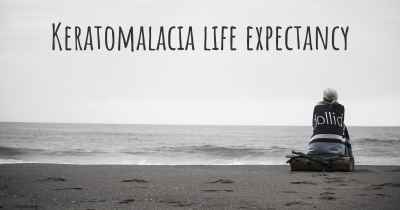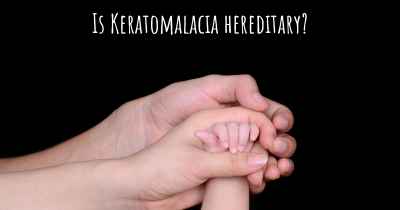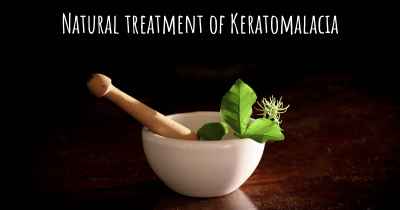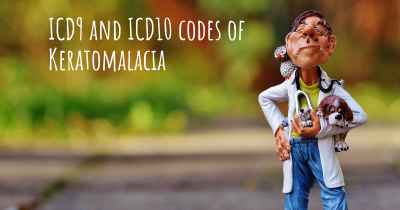What is the history of Keratomalacia?
When was Keratomalacia discovered? What is the story of this discovery? Was it coincidence or not?

Keratomalacia is a severe eye condition characterized by the softening and degeneration of the cornea, the transparent front part of the eye. It is primarily caused by a deficiency in vitamin A, an essential nutrient for maintaining healthy vision. The history of Keratomalacia is intertwined with the discovery and understanding of vitamin A deficiency and its impact on eye health.
The earliest documented cases of Keratomalacia can be traced back to ancient Egypt and Greece. However, it wasn't until the 19th century that medical professionals began to recognize the specific relationship between vitamin A deficiency and the development of this condition. During this time, several physicians and scientists made significant contributions to our understanding of Keratomalacia.
Frederick Hopkins, a British biochemist, played a crucial role in elucidating the importance of vitamins in maintaining health. In 1906, he conducted experiments on animals that demonstrated the existence of essential nutrients, including what he called "accessory food factors." Hopkins' work laid the foundation for further research into the role of vitamins in preventing diseases.
Elmer McCollum, an American biochemist, continued Hopkins' research and focused specifically on vitamin A. In the early 20th century, McCollum conducted experiments on rats and discovered that a diet lacking in vitamin A led to eye abnormalities, including corneal damage. His findings provided strong evidence for the connection between vitamin A deficiency and Keratomalacia.
Building upon McCollum's work, Alfred Hess, an American physician, conducted studies in the 1920s that further confirmed the link between vitamin A deficiency and Keratomalacia. He conducted experiments on children suffering from night blindness, a common symptom of vitamin A deficiency, and observed that supplementation with vitamin A-rich foods led to significant improvements in their eye health.
The discovery of the relationship between vitamin A deficiency and Keratomalacia prompted efforts to combat this condition on a larger scale. In the 1930s, Paul Gyorgy, a Hungarian biochemist, isolated and identified the chemical structure of vitamin A. This breakthrough allowed for the production of synthetic vitamin A supplements, making it easier to provide adequate nutrition to those at risk of developing Keratomalacia.
Over the years, public health initiatives and nutrition programs have been implemented to address vitamin A deficiency and prevent Keratomalacia. These efforts have included fortifying staple foods with vitamin A, promoting dietary diversification, and providing supplements to vulnerable populations, particularly in developing countries where the condition is more prevalent.
Today, while Keratomalacia remains a significant public health concern in certain regions, the understanding of its causes and prevention has greatly improved. The history of Keratomalacia highlights the importance of nutrition and the role of vitamin A in maintaining healthy vision. Ongoing research and public health interventions continue to contribute to the prevention and treatment of this condition, ensuring that individuals worldwide have access to the necessary nutrients for optimal eye health.








